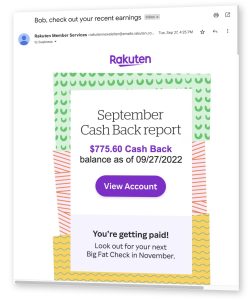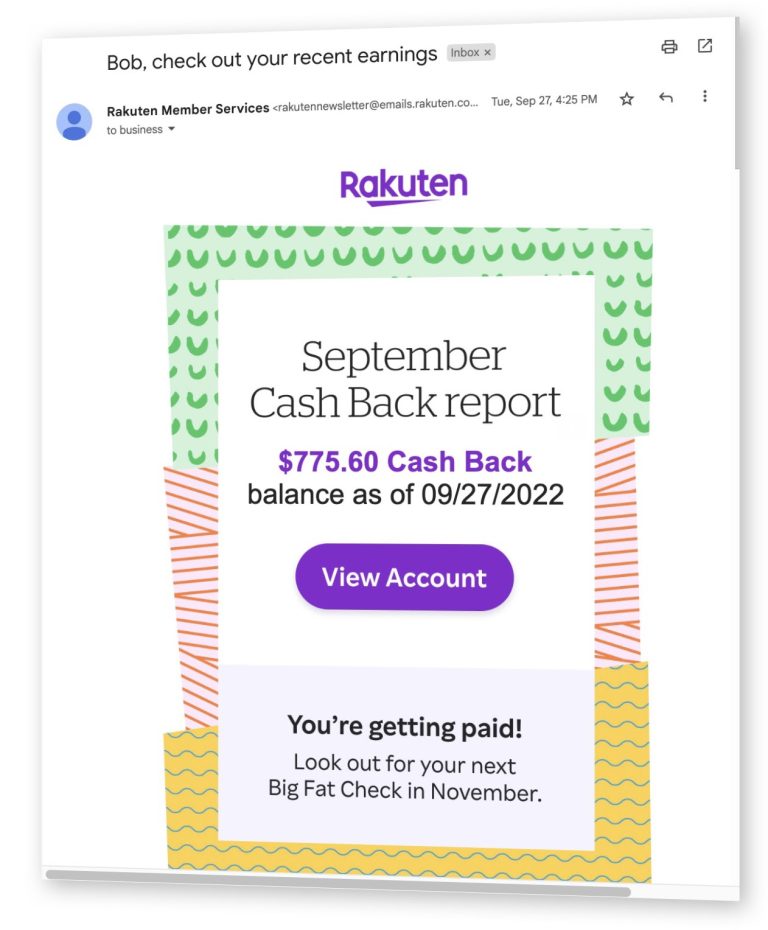This is a guest article by Neal Frankle. Neal is a Certified Financial Planner® in Los Angeles. He is also the senior editor for WealthPilgrim.com, MCMHA.org and CreditPilgrim.com.
Your credit report is like a financial passport. If it’s clean you’ll find the doors to the financial world wide open. Your credit journey will be carefree and wonderful. But if you have blotches on your record, the credit border control is going to make it difficult and expensive for you to go anywhere.
You probably already know this. But what you may not know is that your credit report may contain significant errors. According to the most recent Federal Trade Commission study [pdf], more than 20{6fac3e6a3582a964f494389deded51e5db8d7156c3a7415ff659d1ae7a1be33e} of all credit reports do. And if you are that 1 in 5 person who has a botched credit report, it means that you could be penalized for something you didn’t even do.
To make matters worse, once you identify credit report errors, it can be difficult to correct them. That’s because the main players (credit bureaus and creditors) don’t like to be bothered. Fortunately, there are three tools you can use to get these organizations to clean up their sloppy work. Let’s jump right into it:

1. Blaze your own path.
There is a well-defined route to clean up credit report errors but you should not follow it blindly. The process the credit bureau suggest is to inform them of the problem first. Supposedly, the bureau will then work with the creditor to fix the problem.
In theory, this sounds great but in practice this fails miserably. Here’s why. Once you dispute an item on your credit report to the credit bureau, they are only required to ask the creditor to verify the charge and they have 30 days to do it. As long as the creditor comes back to the credit bureau and tells them the charge is correct, the bureau has complied with the law.
From their standpoint, the case is closed. This is great for the clerks who work at the credit bureaus -– they get to go back to their donuts and coffee. You on the other hand are still left holding the bag –- and paying the price.
As a result of this ineffective loop, many people just give up trying to correct credit report errors. It’s understandable; people just get tired of the run around. But you don’t have to put up with being led on a wild goose chase and you don’t have to give up either.
Instead, you should simultaneously contact the creditor and the bureau to demand the false negative item be removed. Dispute the negative credit item with both parties at once rather than waste time with the bureau before contacting your creditor.
While just about everything you read tells you to go through the bureau first, there is absolutely no reason for doing so. If you go directly to the creditor you can force them to prove your dispute is wrong. You don’t have the kind of firepower with the bureau friend.

2. Exercise your legal rights.
By law, all negative items must be verifiable, accurate and complete. If they fail any of these tests, the bureau must remove them. Despite this being the law, many bureaus simply don’t comply. So the best way to force them to play by the rules is to let them know you’ve read the rule book.
There are four main laws that protect consumers from having bogus information reported on their credit reports. These are Fair Credit Reporting Act, Fair Credit Billing Act, Truth in Lending Act and the Fair Debt Collection Practices Act. These laws are written in straight-forward language and they are pretty easy to understand. It’s in your interest to spend 10 minutes and familiarize yourself with these laws. That’s all it will take.
In summary, these regulations require the credit bureaus and creditors to investigate if you dispute a negative item on your credit report. If these organizations still believe the negative information is correct, they have to send you proof if you request it. These laws spell out other protections and rights you have as a consumer. My suggestion is to familiarize yourself with these stipulations and reference them when you contact the bureau and creditors. This will let them know they are dealing with a serious person.

3. Sue the creditor.
If a creditor won’t ask the bureau to remove an item that by all rights should be removed, don’t hesitate to sue them in small claims court. This is an easy and inexpensive process for you but a complete pain in the rear for the creditors. Perfect.
You see, in most states, lawyers aren’t allowed in small claims court and that means you have the advantage. All you have to do is follow the small claims court process carefully and have the right people served at the creditor’s business.
In many cases, this alone will bring them to their senses. It’s usually not worth the creditor’s trouble to go to court so this move usually wakes them up.
The credit repair process is skewed in favor of the credit bureaus and creditors. But you can disrupt their advantage and get mistakes wiped off your credit report by going directly to creditors simultaneously, reading up on the laws which protect consumers and suing the creditor to force them to do the right thing.
Have you ever been frustrated by the process of fixing credit report errors? What was your experience?
Three Overlooked Tools for Repairing Credit is a post from Consumerism Commentary. New to Consumerism Commentary? Start here.
![]()
SOURCE: Consumerism Commentary – Read entire story here.




















